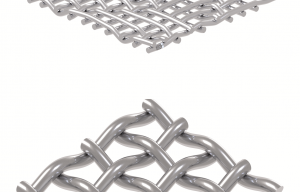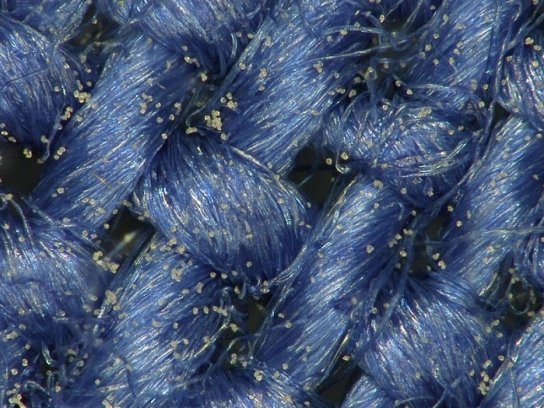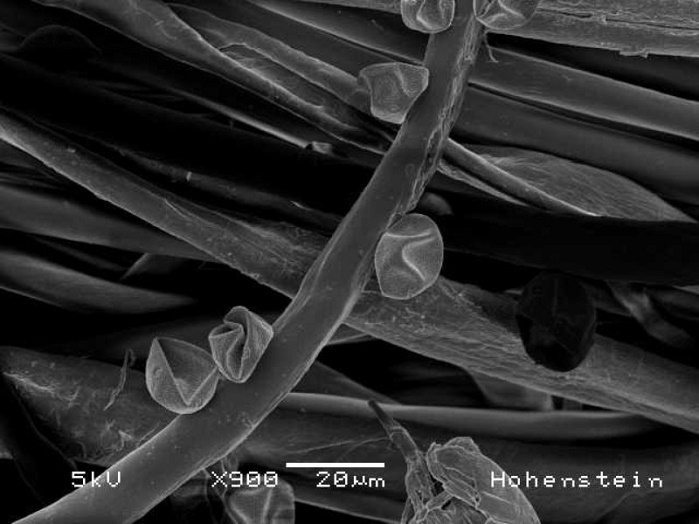
Pollen filters for performance and endurance athletes
With the help of a pollen test bed, it will now be possible to accurately assess the pollen allergy risk posed by textile surfaces.

30th June 2016
Innovation in Textiles
|
Boennigheim
In a joint pilot study, scientists from the William Küster Institute at the Hohenstein Institute and CHT R. Beitlich GmbH in Tübingen have established some important basic principles for pollen management on textile surfaces.
With the help of a pollen test bed, it will now be possible to accurately assess the pollen allergy risk posed by textile surfaces, so as to help bring relief for allergy sufferers who react to pollen, according to researchers.
Whereas people who are allergic to dust mites are now able to protect themselves from mites with encasings, there has until now been no effective textile protection for people allergic to pollen, the Hohenstein Institute explains.
In Germany, about one in six of the population suffers from hay fever. For them, the torment begins each year in spring, a time of red eyes, a runny nose and sudden attacks of sneezing: it is the pollen from trees, shrubs, grasses and crops that triggers these symptoms.
Pollen adheres readily to clothing or domestic textiles and then finds its way through the respiratory system into the body, where it triggers an allergic reaction in people who are over-sensitive to it. Furthermore, the pollen is either carried in the air or on clothing and ends up inside people's houses, where it can remain for a long time on curtains, sofas, carpets and bedding.
To counteract these permanent sources of exposure, scientists at CHT R. Beitlich GmbH have developed two special anti-pollen textile finishing treatments. The two biofunctional finishes work in opposite ways: depending on which coating material is applied, it either repels the pollen or binds it in.

This approach, based on altering the physical characteristics of the surface, is intended to maximise or minimise the adhesion/stickiness of the pollens that land on the textile surface through convection or diffusion.
For example, clothing may have pollen-repellent properties, in order to reduce the amount of pollen that is brought into the home after a walk in springtime, while it is better for domestic textiles like sofas, carpets and curtains to have a pollen-binding effect, in order to keep the troublesome allergens as far away as possible from the allergy sufferer.
In order to assess the allergy risk of textiles for hay fever sufferers, the Hohenstein scientists have developed a test set up for pollen adhesion/repellence in the laboratory, which simulates the flight of pollen and helps them study how it adheres to textiles. This method of testing aims to enable scientists accurately to assess the ability of a textile finish to absorb pollen, retain it or deliberately release it.
The newly developed test set up for pollen adhesion/repellence is said to offer textile manufacturers the chance of developing optimised clothing and domestic textiles in future for people who are allergic to pollen, in order to alleviate the annoying symptoms of hay fever.

Business intelligence for the fibre, textiles and apparel industries: technologies, innovations, markets, investments, trade policy, sourcing, strategy...
Find out more